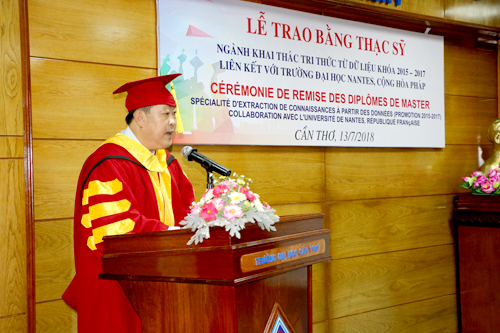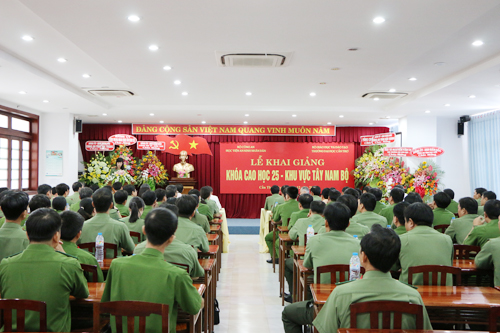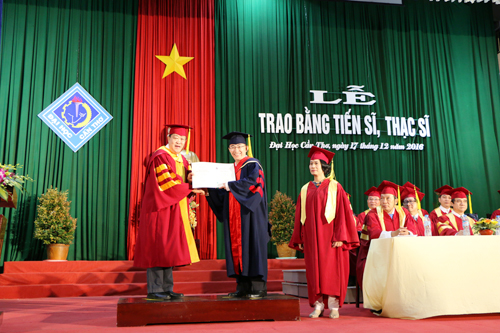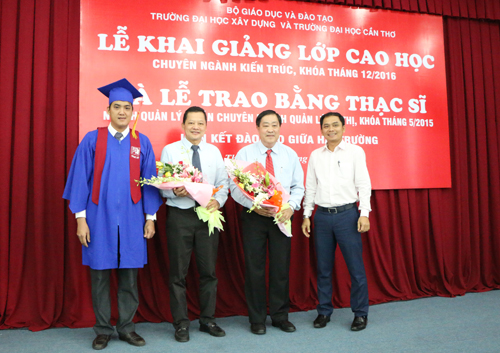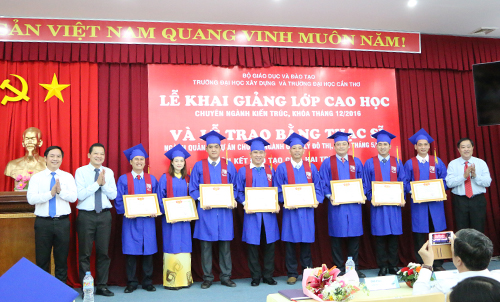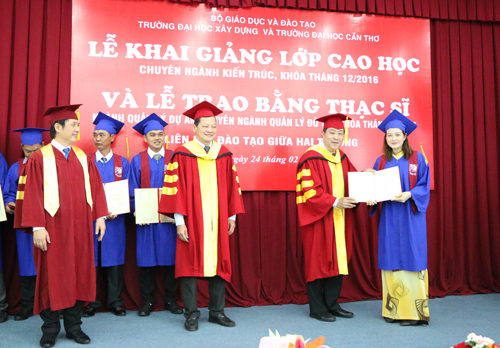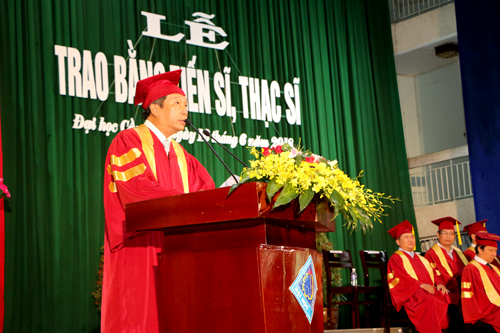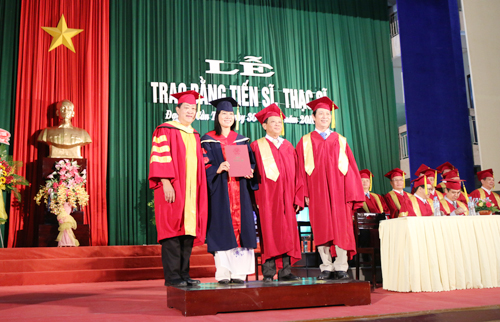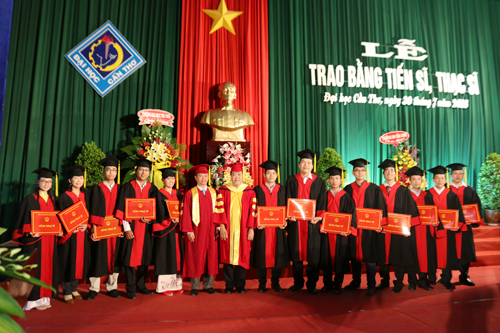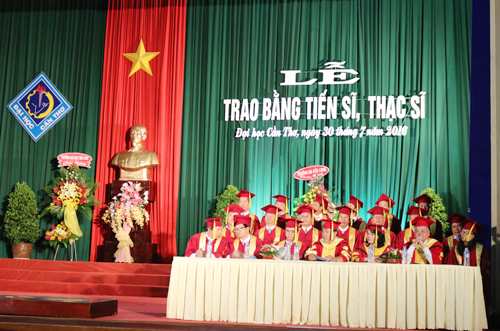
Tên đề tài: “Ảnh hưởng của giao dịch chứng khoán phái sinh đến thị trường chứng khoán cơ sở ở Việt Nam”.
Tác giả: Nguyễn Thị Kim Anh, Khóa: 2018
Chuyên ngành: Tài chính- Ngân hàng; Mã số: 9340201; Nhóm ngành: Kinh doanh và quản lý
Người hướng dẫn chính: PGS.TS. Trương Đông Lộc - Trường Đại học Cần Thơ
- Tóm tắt nội dung luận án
Luận án được thực hiện để đo lường ảnh hưởng của giao dịch chứng khoán phái sinh đến TTCK cơ sở ở Việt Nam, bao gồm đo lường ảnh hưởng của giao dịch HĐTL chỉ số đến lợi nhuận, độ biến động lợi nhuận và tính thanh khoản của TTCK cơ sở. Thêm vào đó đó, luận án thực hiện kiểm định mối quan hệ nhân quả giữa thị trường cơ sở và hoạt động giao dịch ở thị trường tương lai. Đặc biệt, nghiên cứu này sử dụng mô hình GARCH, EGARCH để giải quyết hiện tượng phương sai sai số thay đổi và tự tương quan tồn tại trong dữ liệu chuỗi thời gian
Trên cơ sở đó, tác giả đề xuất các khuyến nghị nhằm góp phần hỗ trợ cho cơ quan quản lý thị trường phát triển TTCKPS Việt Nam ở giai đoạn tiếp theo, cung cấp nhiều thông tin hữu ích cho nhà đầu tư để nhà đầu tư có hành vi giao dịch hợp lý hơn và qua đó góp phần ổn định TTCK cơ sở.
- Những kết quả mới của luận án
Công trình nghiên cứu này có thể xem là một nghiên cứu đột phá vào một lĩnh vực còn tương đối mới ở Việt Nam. Kết quả nghiên cứu của luận án sẽ góp phần đưa ra luận giải rằng có hay không giao dịch phái sinh làm biến động thị trường cơ sở, cung cấp bằng chứng thực nghiệm đầu tiên trên HOSE.
Các lý thuyết được trình bày trong luận án đã giải thích một cách tương đối phù hợp khi đặt trong điều kiện của TTCK và đặc điểm nhà đầu tư ở Việt Nam.
Kết quả nghiên cứu được rút ra từ luận án này sẽ đạt được mức độ tin cậy cao vì nghiên cứu sử dụng các phương pháp ước lượng khá phù hơp.
Kết quả nghiên cứu từ luận án lần đầu tiên tìm thấy những tác động tích cực của giao dịch chứng khoán phái sinh đến TTCK cơ sở ở Việt Nam. Hơn nữa, nghiên cứu tìm thấy lợi nhuận thị trường cơ sở vào những ngày đáo hạn là thấp hơn những ngày giao dịch khác.
Kết quả lần đầu tiên tìm thấy mối quan hệ một chiều từ lợi nhuận cũng như độ biến động thị trường cơ sở lên hoạt động giao dịch HĐTL chỉ số VN30-Index ở Việt Nam.
Luận án này sẽ là điểm khởi đầu cho những nghiên cứu xa hơn để nghiên cứu trên những sản phẩm phái sinh khác ở Việt Nam.
- Các ứng dụng/khả năng ứng dụng trong thực tiễn, các vấn đề cần tiếp tục nghiên cứu
Kết quả nghiên cứu của luận án là tài liệu tham khảo có giá trị cho sinh viên, học viên sau đại học và các nhà nghiên cứu liên quan đến lĩnh vực tài chính.
Áp dụng mẫu nghiên cứu nhỏ hơn để đo lường ảnh hưởng của ngày đáo hạn HĐTL chỉ số đến TTCK cơ sở.
Name of the dissertation: The impact of derivatives trading on the Vietnam spot marrket
Major: Finance – Banking Major code: 9340201
Full name of doctoral student: Nguyen Thi Kim Anh Term: 2018 - 2021
Supervisor: Associate Professor Dr Truong Dong Loc
Institution: Cần Thơ University
- Abstract of the dissertation content
The thesis is carried out to measure the impact of derivatives trading on the Vietnam spot market, including measuring the impact of index futures trading on the spot market returns, volatility and liquidity. In addition, the thesis test the causal relationship between the spot market and futures trading activities. Specificially, this study uses GARCH, EGARCH models to solve the phenomenon of heterocesdaticity and autocorrelation that exist in time series data .
On that basis, the author proposes recommendations to supporting the market management regulators to develop the Vietnam derivatives market in the next stage, providing many useful information for investors so that investors can have more trading behavior and thereby contribute to stabilizing the underlying market.
- New findings of the dissertation
This research work can be considered as a breakthrough study in a relatively new field in Vietnam. The research results of the thesis will contribute to the argument that whether or not derivatives trading cause the underlying market volatility, providing the first empirical evidence on HOSE.
The theories presented in this thesis have been explained in a relatively suitable way in the conditions of the stock market and the characteristics of investors in Vietnam.
The research results drawn from this thesis will reach the high reliability because the study uses quite suitable estimation methods .
Research results first found the positive effects of derivatives trading on the underlying stock market in Vietnam. Furthermore, the study found the underlying market returns on expiration-day is lower than other trading days.
The results first found unidirectional causality running from the market returns (volatility) to the VN30-Index futures trading activity in Vietnam.
This thesis will be the starting point for further studies on other derivative products in Vietnam.
- Applying of the results and coming studies
The research results of the thesis are valuable references for students, graduate students and researchers related to the financial field.
Applying a smaller sample to measure the impact of index futures expiration-day on the spot market.
- Xem chi tiết nội dung luận án
- Xem thông tin đăng tải tại Website Bộ giáo dục và Đào tạo. (Nhập tên NCS vào ô tìm kiếm)





